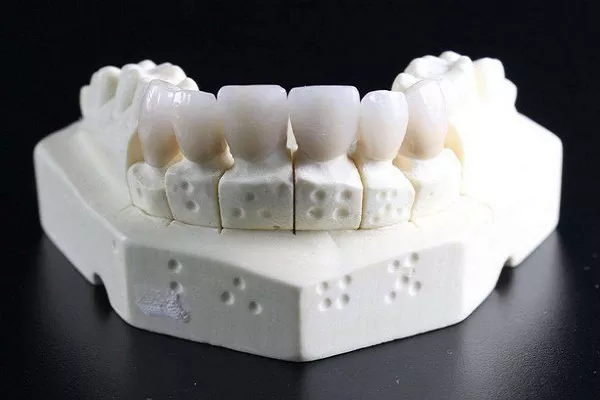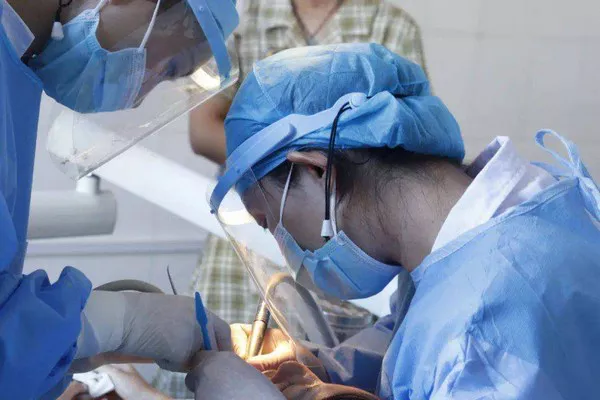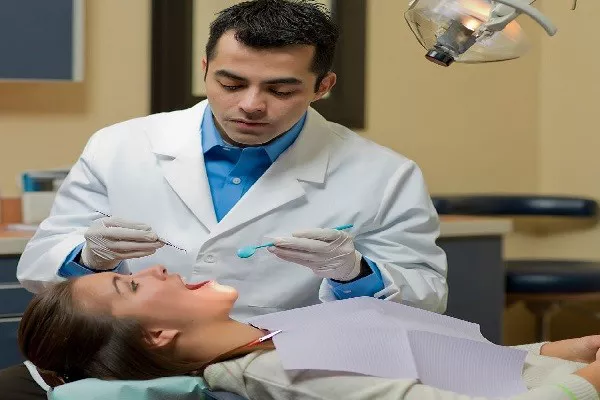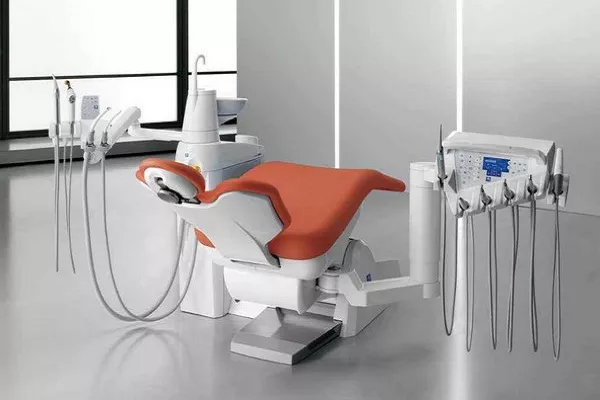Gums are an essential part of our oral health, and when they become infected or damaged, they can recede and cause other dental problems. Tartar buildup is a common cause of gum disease and can lead to gum recession. Many patients wonder if their gums can grow back after tartar removal, and the answer is that it depends on the extent of the damage.
Tartar Buildup
Tartar, also known as calculus, is a hard mineral deposit that forms on teeth due to the buildup of plaque. Tartar buildup can lead to gum disease, which can cause the gums to recede and expose the roots of the teeth. Tartar removal is essential to prevent gum disease from progressing and causing further damage.
Gum Recession
When the gums recede, they pull away from the teeth, leaving the roots exposed. This can cause tooth sensitivity and can lead to other dental problems such as tooth decay, bone loss, and tooth loss. In some cases, the gums may not grow back after tartar removal, especially if the damage is severe.
Regeneration
However, in some cases, the gums can regenerate and grow back after tartar removal. This is more likely to occur if the damage is mild and has not progressed too far. Regeneration can occur naturally or with the help of surgical procedures such as gum grafts or guided tissue regeneration.
Prevention
The best way to prevent gum recession and damage from tartar buildup is to practice good oral hygiene habits. This includes brushing and flossing regularly, using a soft-bristled toothbrush, and visiting the dentist for regular cleanings and checkups. Patients with a history of gum disease may need more frequent cleanings to prevent the disease from progressing.
In conclusion, whether gums can grow back after tartar removal depends on the extent of the damage. While some regeneration may occur naturally or with surgical procedures, prevention is the best approach. Practicing good oral hygiene habits and visiting the dentist regularly for cleanings and checkups can help prevent tartar buildup and gum disease and minimize the risk of gum recession.
































